Affiliate links on Android Authority may earn us a commission. Learn more.
Remembering Android 1.0: When a fledgling mobile OS took its first steps
Published onSeptember 23, 2021
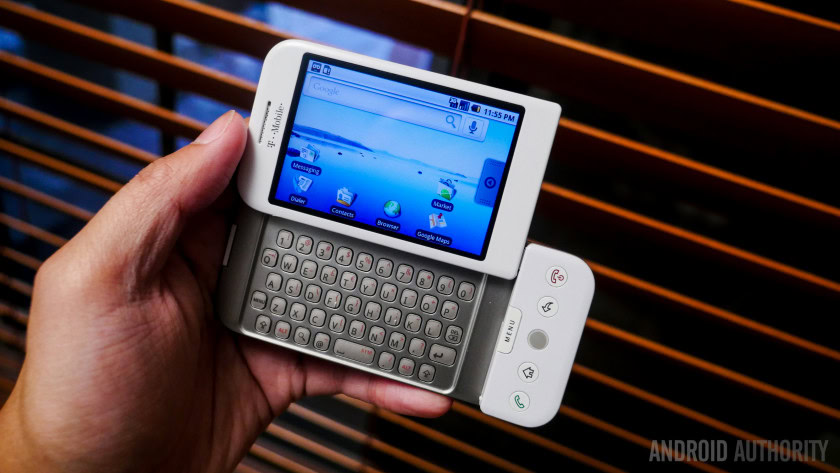
I remember the day well because I was there. New York City, Tuesday, September 23, 2008. HTC, Google, T-Mobile, and Deutsche Telekom executives took the stage to introduce Android 1.0, a brand new mobile operating system, and the G1, the first smartphone to run the platform. It was clear those involved had a vision for Android.
The company reps spent a lot of time talking about how the new platform was open and made it a point to encourage third parties to develop apps for Android. They said, “we want to provide an array of new devices, applications, and services so that people embrace the mobile internet all over the world.”
Google's co-CEOs were clearly enamored with the new platform and spoke of its potential.
Larry Page and Sergey Brin, Google co-CEOs at the time, showed up on in-line skates. Brin, a self-described geek, demonstrated the first app he wrote for Android, which calculated the time the G1 was in the air when thrown up and down. The two were clearly enamored with the new platform and spoke of its potential.
Together, the software and hardware shown that day laid the foundation for Android as we know it.
Related: What is stock Android? Everything you need to know about the core OS
But what was Android 1.0 actually like? What features did it have? What features was it lacking? The platform was surprisingly complete and incomplete at the same time. On the day of its anniversary, here’s what we remember about Android’s first few steps out into the world.
Android 1.0: A familiar — yet different — experience
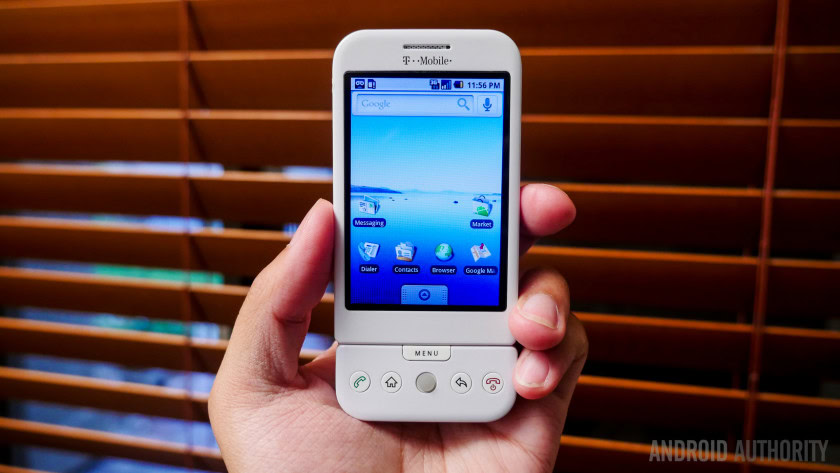
There were numerous mobile operating systems competing in the fall of 2008. Apple’s iOS was only a year old at that point and lagged industry leaders BlackBerry OS and Symbian in terms of scale. Windows Mobile and Palm OS were in the mix as well. Google and its Android developers cherry-picked some elements of Android from the established platforms but also introduced a series of new ideas that are still a part of Android.
Android 1.0 featured three home screen panels. The central panel was the main home screen that contained the pre-loaded apps and widgets. You could swipe left or right to add more apps/widgets to the other screens if you wished — something you can still do with Android today. Android’s implementation of widgets was fairly novel at the time. While platforms of the day such as the touch-centric Windows Mobile included widgets, they weren’t as customizable or as varied as they were on Android.
Android's implementation of widgets was fairly novel at the time.
Android 1.0 included an app drawer. It was accessed by tapping an actual, visible tab that appeared at the bottom of the home screen. The basic functionality, though, is the same as it is today. The settings menu of Android 1.0 was laid out in a way that resembles what we have in modern Android, but the quick settings menu didn’t yet exist. iOS 2, which was what iPhones of 2008 were running, didn’t have an app drawer but Windows Phone and BlackBerry devices had the equivalents thereof.
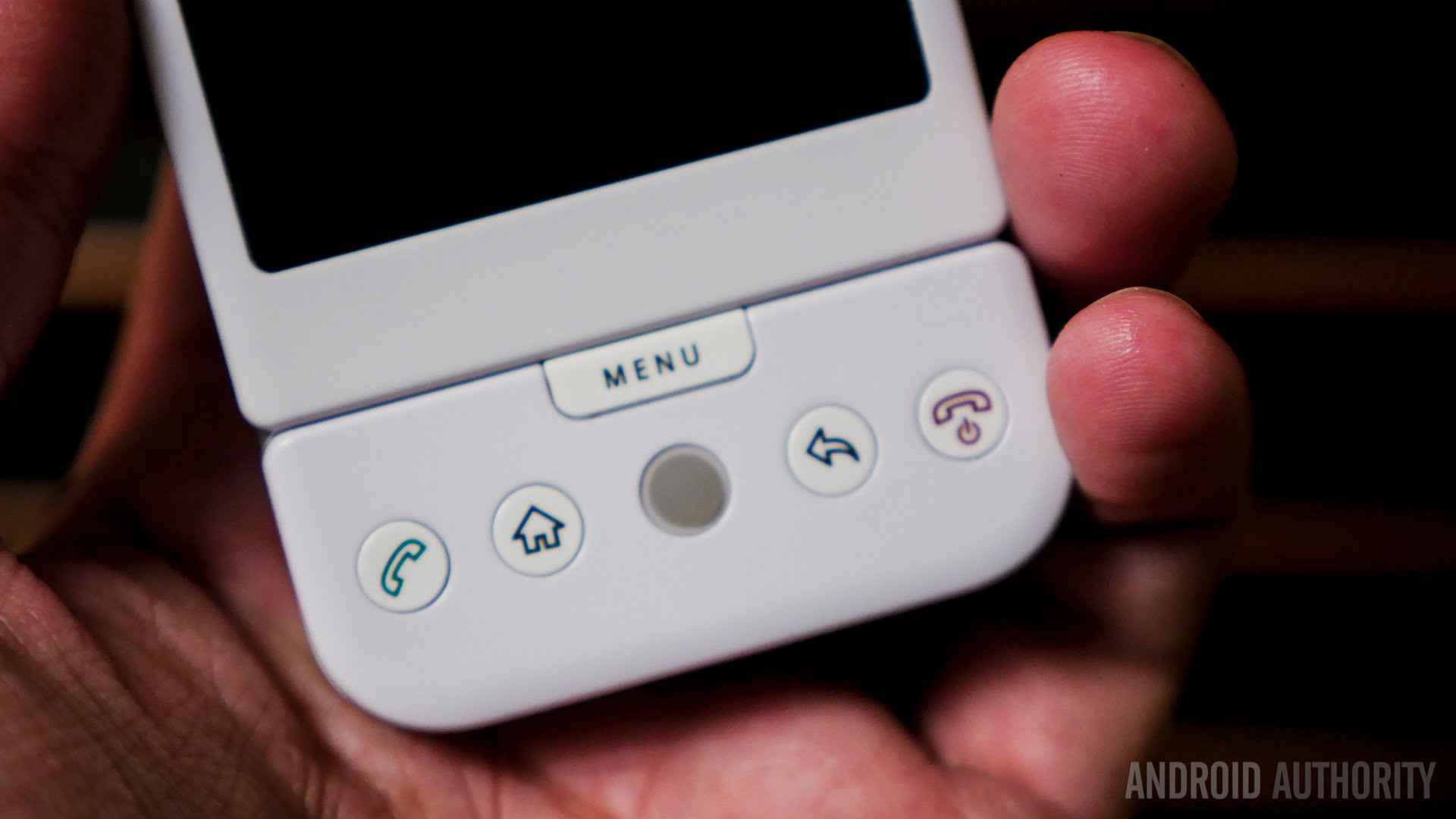
The platform was hardware-centric. People who’ve used Android since the early days will remember all the buttons for controlling the OS. Vital keys such as the back, home, and menu buttons were needed to perform some navigation and secondary actions. There wasn’t even a software keyboard; the G1 required you to use the physical QWERTY keyboard for any sort of text input. Now, of course, the platform is wholly touch-enabled and gestures accomplish these same actions. Of all the platforms available in 2008, only the iPhone was wholly touch-enabled. BlackBerry, Symbian, and Windows all relied heavily on physical buttons.
Android 1.0's handling of notifications was an early win for the platform.
Android 1.0’s handling of notifications was an early win for the platform and something we still rely on today. The way notifications would briefly pop up in the status bar later influenced other mobile platforms to follow suit.
An active Google Search bar was built in from the beginning and still endures today. Even this earliest version of the search tool included text autocomplete to help people conduct their searches.
More reading: The history of Android: The evolution of the biggest mobile OS in the world
Security? You could set a traceable pattern on the lock screen, something Android still allows you to do to this day.
Before ‘there’s an app for that’
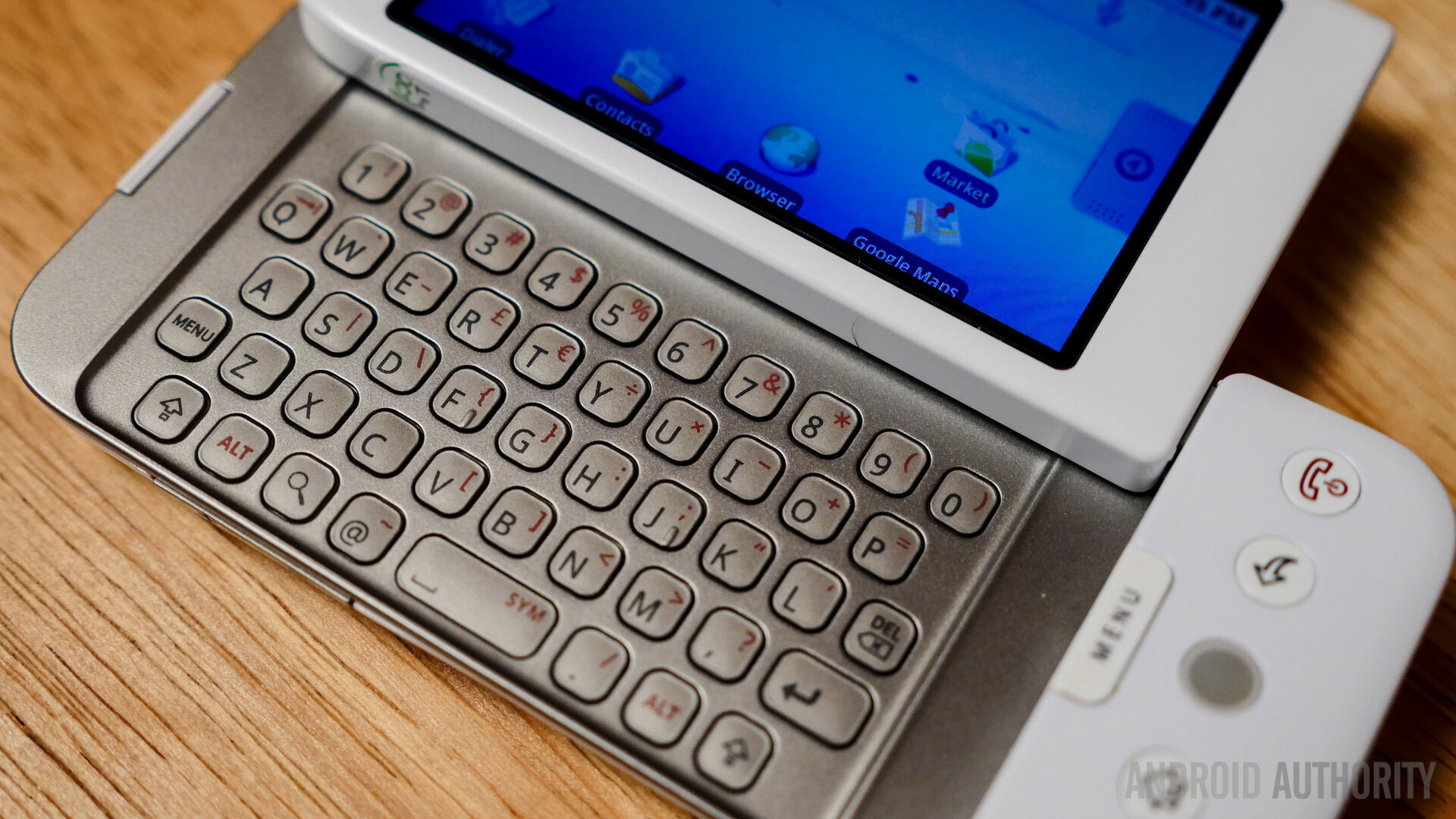
Apple introduced the App Store with iOS 2 in July of 2008, just ahead of Android’s debut. At the time, centralized on-device app stores were a rarity. Most apps of the day were available directly from the maker or from sketchy online distributors. Thankfully Google followed Apple’s model.
The first apps of Android 1.0 were rudimentary but functional. Google’s own Gmail, calendar, calculator, Maps, and YouTube were among the earliest available. Third-party apps were available from the Android Market, the original version of the Google Play Store. Android Market 1.0 was crazy basic. There were hardly any apps yet and it was mostly a text-based experience with few images or graphics.
The first apps of Android 1.0 were rudimentary but functional.
Critically, Gmail of the day supported push, IMAP/POP and SMTP, which gave it an edge over email on some platforms. YouTube, on the other hand, was a pain because the 3G networks of the time were simply not capable of handling video yet. The browser wasn’t even called Chrome. It was WebKit based, but initially lacked Flash support.
The camera app was not impressive at all. For example, every time you took a picture you were confronted with a pop-up that asked if you wanted to save, set, share, or delete the photo. Every time. More to the point, the camera app had no real features and couldn’t record video.
Google Maps was the showstopper. Though Google Maps was available to other platforms, such as BlackBerry OS, Maps for Android was a big step forward. It included Street View, the ability to see an actual view of your potential destination. It also supported panning around so you could spot landmarks before beginning your journey.
Setting the stage for the future of Android
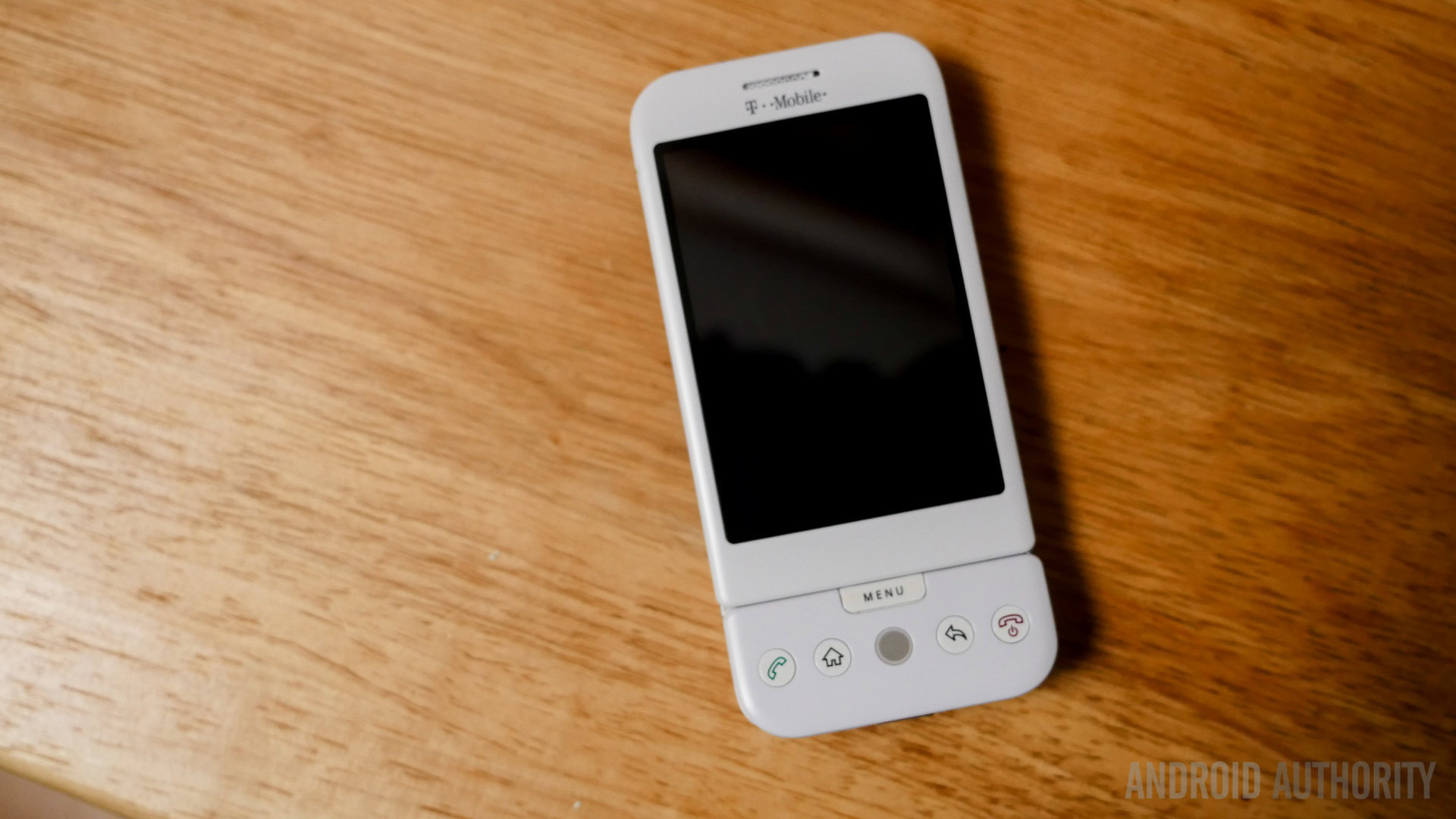
There’s no question Android 1.0 was powerful from the get-go. It assembled a bunch of ideas under a single banner and made bold promises as it walked out of the gate. But it was far from a sure thing. At the time, only T-Mobile in the US offered the G1. The G1 didn’t reach other markets until early 2009. Android devices didn’t sell in high volumes, in general, until Verizon Wireless debuted the Motorola Droid in the fall of 2009 — a year after the platform’s launch. And by then we were up to Android 2.0.
But those early days were important for building Android’s foundation. Google was quick to talk about future versions of the platform, including Cupcake and Donut, which the company promised would add features and correct bugs over time. This helped build anticipation and encouraged adoption. Moreover, Android quickly fell in favor with the developer and modding communities, as it was open in a way that BlackBerry OS, iOS, PalmOS, and Symbian simply weren’t.
It’s been a long journey, but on the eve of Android 12‘s release we wouldn’t want it to have turned out any differently.